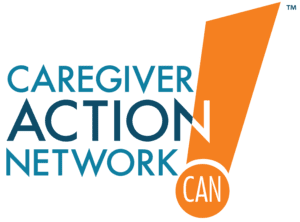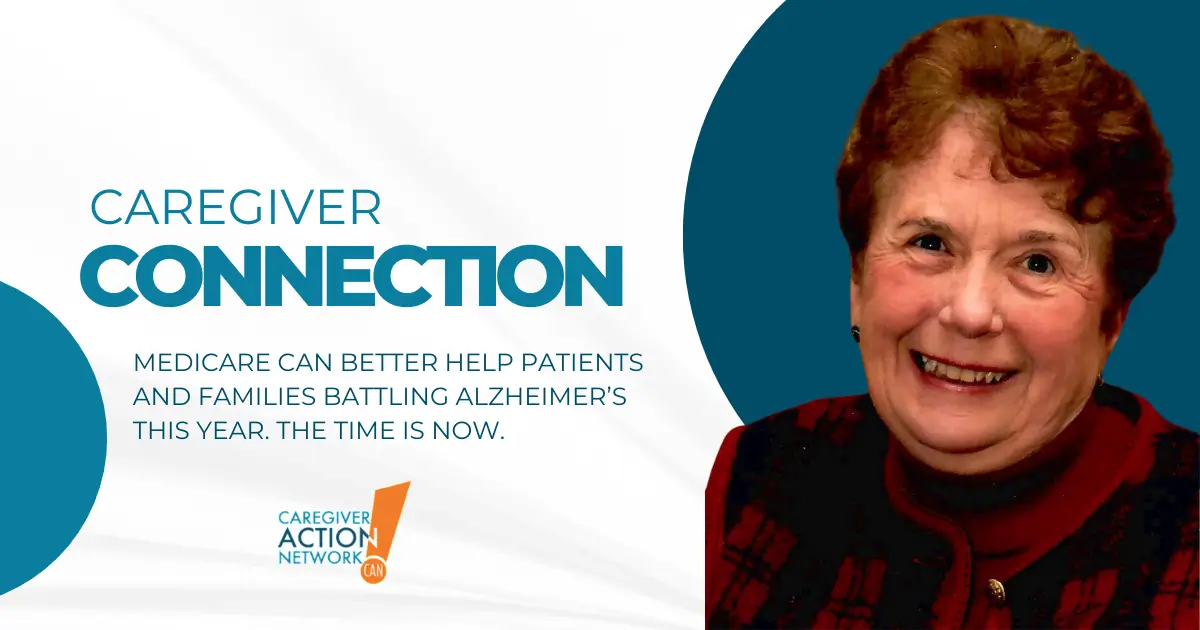Advance Directives: Essential Healthcare Planning Tools
Advance Directives: Essential Healthcare Planning Tools

What Are Advance Directives?
Advance directives refer to any legal documents related to healthcare decisions, ensuring that individuals can express their preferences regarding medical treatments and interventions. These documents include living wills, healthcare powers of attorney, and Do Not Resuscitate (DNR) orders. By establishing these directives, individuals can communicate their healthcare wishes to family members and healthcare providers, alleviating the burden of decision-making during critical times.
Why Are Advance Directives Important?
Advance directives are vital in ensuring that healthcare decisions align with an individual’s values and preferences. By preparing these documents in advance, individuals can:
- Ensure their wishes are known and respected, even when they cannot communicate.
- Relieve family members from the stress of making difficult healthcare decisions during emotional times.
- Prevent unwanted medical treatments that may not align with their values.
- Facilitate discussions about end-of-life care planning, promoting better understanding among family members.
Types of Advance Directives
There are several types of advance directives, each serving a unique purpose in end-of-life care planning:
1. Living Will
A living will is a legal document that specifies an individual’s healthcare preferences in the event they become unable to communicate. This includes decisions regarding life-prolonging treatments, organ donation, and end-of-life care. Living wills take effect only when the individual is terminally ill or incapacitated, as defined by state law.
2. Healthcare Power of Attorney (HCPA)
A healthcare power of attorney allows individuals to designate a trusted person to make healthcare decisions on their behalf if they cannot communicate. This ensures that someone who understands their values and wishes can advocate for them during critical situations.
3. Do Not Resuscitate (DNR) Order
A DNR order specifies that no resuscitative measures should be taken if the individual’s heart stops or they stop breathing. This order only applies in situations where the individual is unable to communicate their wishes, typically due to severe medical conditions.
4. Medical Orders for Life-Sustaining Treatment (MOLST)
MOLST, or Physicians Orders for Life-Sustaining Treatment (POLST), provides immediate medical orders based on the individual’s current health status. Unlike a living will, MOLST takes effect as soon as it is signed by a physician, ensuring healthcare providers respect the individual’s current treatment preferences.
How to Set Up an Advance Directive
Creating an advance directive involves several key steps:
- Research State Laws: Each state has specific laws regarding advance directives, including the requirements for creating and revoking them. Familiarize yourself with these laws to ensure your documents are legally binding.
- Choose Your Advocate: For documents like a healthcare power of attorney, select someone you trust to make decisions on your behalf.
- Discuss Your Wishes: Communicate your preferences with your advocate and family members. Having open conversations about end-of-life care planning is essential for ensuring everyone understands your wishes.
- Complete the Necessary Forms: Obtain the required forms for living wills, HCPAs, DNR orders, or MOLST from reputable sources. Many state health departments and legal aid organizations provide these forms online.
- Sign and Notarize: Sign your advance directive in the presence of witnesses or a notary public, as required by your state laws. This step is crucial for ensuring the validity of your documents.
- Distribute Copies: Share copies of your advance directives with your healthcare proxy, family members, and healthcare providers to ensure your wishes are known.
Key Considerations When Creating Advance Directives
When preparing advance directives, consider the following:
- Reflect on your values and preferences regarding end-of-life care.
- Ensure that your chosen advocate is willing to take on this responsibility.
- Regularly review and update your advance directives as your health status or preferences change.
- Keep the conversation going with your family to ensure they understand your wishes and the importance of respecting them.
Benefits of Advance Care Planning
Advance care planning offers numerous benefits, including:
- Increased peace of mind for both individuals and their families.
- Clear communication of healthcare wishes, minimizing confusion during critical times.
- Enhanced quality of care that aligns with individual values and preferences.
- Reduced stress for family members tasked with making healthcare decisions on behalf of their loved ones.
Resources for Advance Directives
To assist you in setting up your advance directives, consider the following resources:






